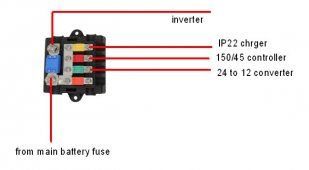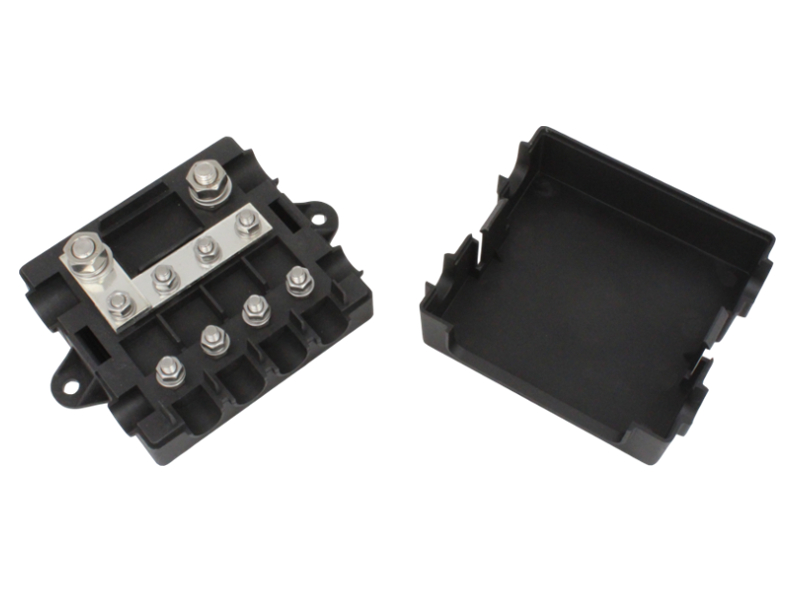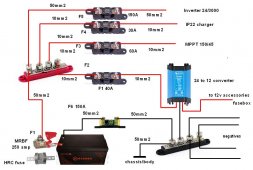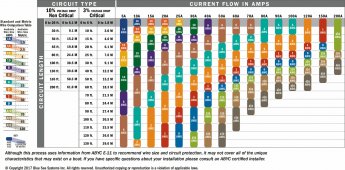JaseyB
New Member
- Joined
- Sep 22, 2021
- Messages
- 75
Guys have bought a Victron 150/45 MPPT here:
hooking up to a 24V 230Ah LiFePO4 battery:
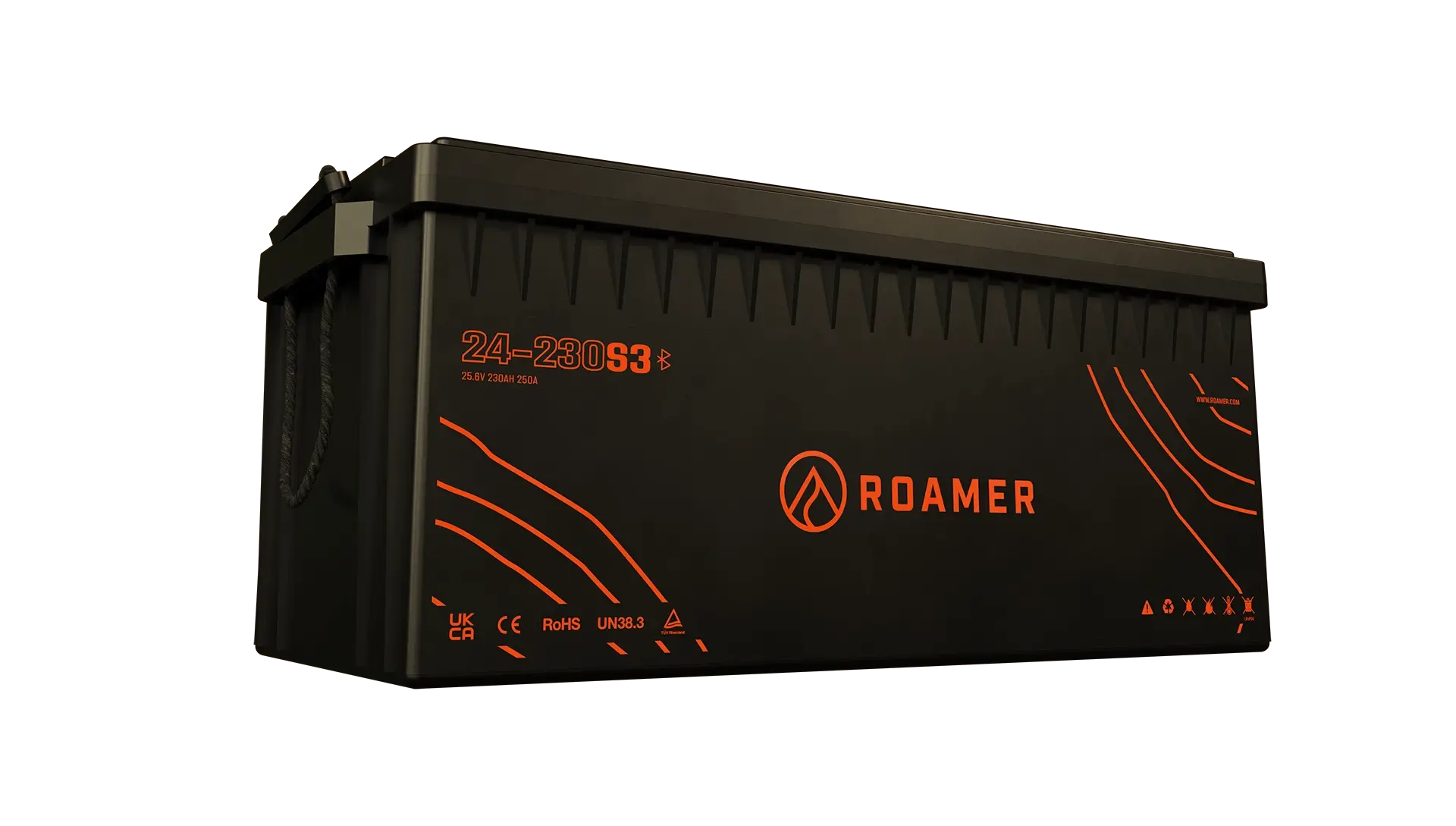
 roamerbatteries.com
roamerbatteries.com
What I need to know is the amp output of this to get my busbar, fuses and wiring sized.
Specs are in German(?) so that doesn't help me understand much.
Any help would be greatly appreciated. Thanks.
hooking up to a 24V 230Ah LiFePO4 battery:

Roamer 24-230SMART3 - 24V 230Ah LiFePO4 Lithium Leisure Battery + Free Consultation
Buy the Roamer 24-230SMART3 and get a FREE electrical system design consultation worth £120. The Roamer 24-230SMART3 is a high power 24V 230Ah LiFePO4 battery for install in a campervan, motorhome, boat or tiny house. Includes 250A continuous discharge, active balancing, Roamer BMS bluetooth...
What I need to know is the amp output of this to get my busbar, fuses and wiring sized.
Specs are in German(?) so that doesn't help me understand much.
Any help would be greatly appreciated. Thanks.



